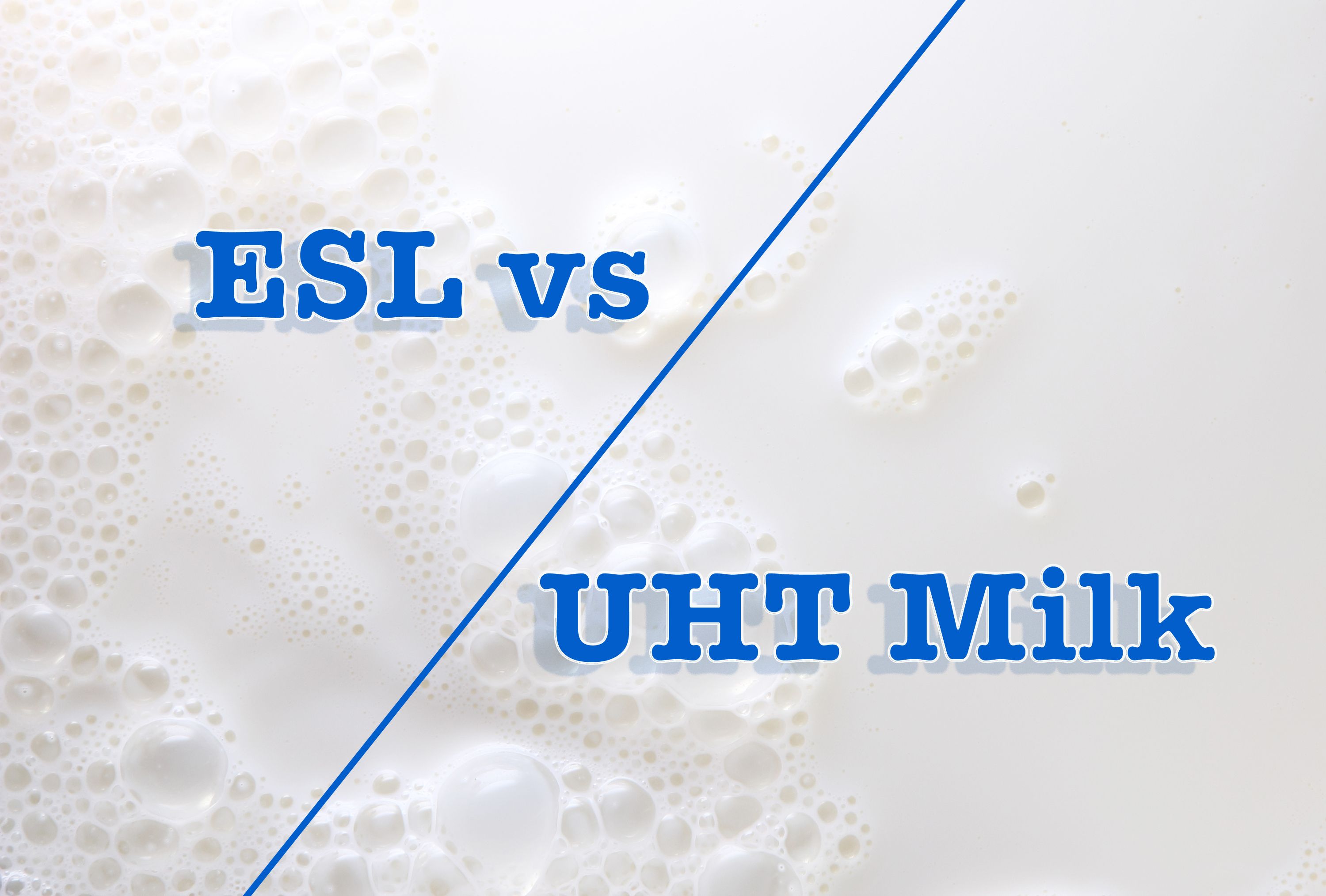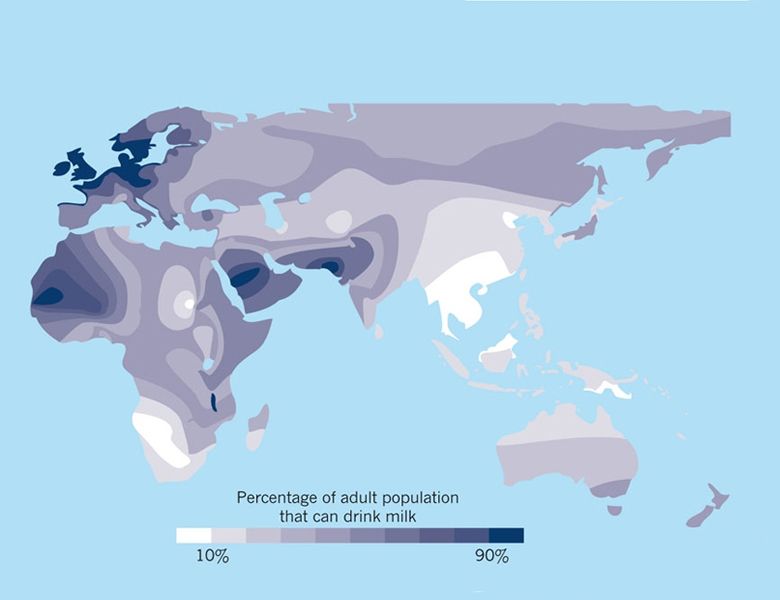Does low dairy consumption cause child stunting?

- | آتاماد | News |
- 263
According to WHO, if a child’s growth has been impaired due to malnutrition, he is considered stunted, being too short for their age. Fail to reach their physical and cognitive potential.
To answer that if an increase in milk consumption was associated with significant reductions in stunting, a group of researchers carried out an analysis and merged WHO and FAO data on stunting prevalence and domestic food supply, especially milk, respectively. They also found a strong correlation between milk supply and consumption by examining the
dairy consumption prevalence in children. Other variables include nutrient-rich foods, average income, improved sanitation facilities and drinking water, and more.
The highest stunting prevalence was in South and South East Asia, while the lowest rate was recorded in Eastern Asia. While South East Asia had the lowest per capita milk supply, explaining the high rates of child stunting, this isn't the case for South Asia, where India, the largest dairy producer in the world, is located, and other factors, such as poor water, hygiene conditions, and dietary factors may be the main culprit.
In most regions, the stunting prevalence reduced, while milk supply and demand increased since 1960. Higher-income was also linked to a higher milk supply and lower stunting rates. So, considering factors like the potential for dairy production as well as the strong demand for dairy, development strategies in the dairy sector need to be adapted to local circumstances. Modernization is critical for low and medium-income countries with strong traditions in dairy supply and demand. In these countries, dairy herds are highly unspecialized in the sense that cattle are used to provide milk, traction, transport, and other services. In this case, expanding production and consumption is certainly possible, but requires a combination of growing access to markets, improving livestock genetics, providing veterinary services, scaling up processing technologies, building a business
environment for dairy firms, and providing appropriate regulation and monitoring of food safety.
There is clearly tremendous scope for public policies to scale up dairy consumption in regions of low milk consumption. For example, nutrition education campaigns should promote exclusive breastfeeding in the first five months after birth, and from six months onwards, an appropriate mix of breastfeeding and complementary feeding, including dairy. Also, Vietnam has no dairy traditions but has succeeded to reduce stunting in a few decades by increasing dairy consumption among young children.
As for climate change, while the dairy sector has its own effect on greenhouse gas emissions that is much lower compared to beef, there's also a large nutritional benefit to dairy production. Moreover, improvements in dairy production may reduce emissions and make dairy products more affordable for the poor simultaneously.
According to the results that linked milk consumption to reduced risks of stunting, greater investments in dairy production to reduce stunting risks in developing countries are justified.
Source:
GET IN TOUCH
Copyright © 2023 Atamad.com All right reserved
Website design and SEO services by Seohama team – Web hosting by Sarverhama
Copyright © 2023 Atamad.com All right reserved
Website design and SEO services by Seohama team – Web hosting by Sarverhama








